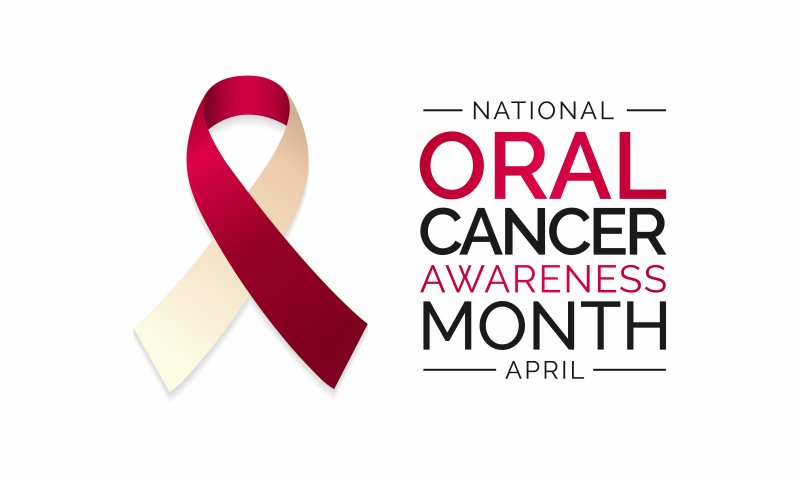
If you didn’t already know, April is Oral Cancer Awareness Month. It’s a time when many reflect on this disease’s toll on the global population. For instance, it’s estimated that 54,000 new cases will be diagnosed in the U.S this year. Among those new cases, 43 percent will not survive longer than five years.
As people remember those lost to oral cancer, they’d be wise to consider how to prevent it as well. In that spirit, here’s a guide that explains oral cancer’s nature, risk factors, and symptoms, as well as how to have your dentist check for it.
What is Oral Cancer?
Oral cancer is a cancer variant that develops in your mouth or throat. Like other types, it involves the uncontrolled division of the body’s cells.
More specifically, oral cancers are divided into oral cavity cancers and those of the oropharynx. The former includes cancers that affect the lips’ and cheeks’ interior, the tongue’s front section, the gums, etc. The latter, also called oropharyngeal cancer, are throat cancers affecting the tonsils and tongue base.
Oral Cancer’s Risk Factors
Research has identified several factors that increase oral cancer risk:
- Biological Makeup: Men are twice as likely to get oral cancer as women.
- Tobacco & Heavy Alcohol: Tobacco contains several cancer-causing substances known as carcinogens. Similarly, one of the chemicals the body digests alcohol into is acetaldehyde, another carcinogen that can cause oral cancer.
- HPV: The human papillomavirus (HPV), a sexually transmitted virus, triggers several oral cancers. In particular, it can cause throat cancers at the back of the mouth.
Oral Cancer’s Symptoms
As with most other kinds of cancer, oral cancer’s signs and symptoms can vary between people. Symptoms of oral cavity cancers include sores that don’t fade, red or white patches on the gums or tonsils, lumps, etc. Oropharyngeal cancer symptoms may involve a sore throat, a persistent cough, or the feeling that something’s caught in your throat.
When to See a Dentist
If any of the above traits have persisted for over two weeks, you should contact your dentist for an appointment.
When examining you for oral cancer, the dentist will first check your oral cavity. They’ll then move to the throat and finish once they’ve felt your jaw and neck for lumps. While they won’t know right away if what they find is cancerous, your dentist may refer you for further testing.
Oral Cancer Awareness Month may remind you of how this cancer has hurt the world, but it can also remind you to practice ways of preventing and treating said disease!
About the Author
Dr. Spiro Saati practices professional dentistry in Peabody, MA. In his career as a dentist, he always makes patient care a high priority and creates a safe, comfortable, stress-free office experience. His expertise in dental technologies and treatments ensures every step of patient treatment is precisely planned and performed. He currently practices at his self-titled clinic and is reachable at his website or by phone at (978)-531-2185.